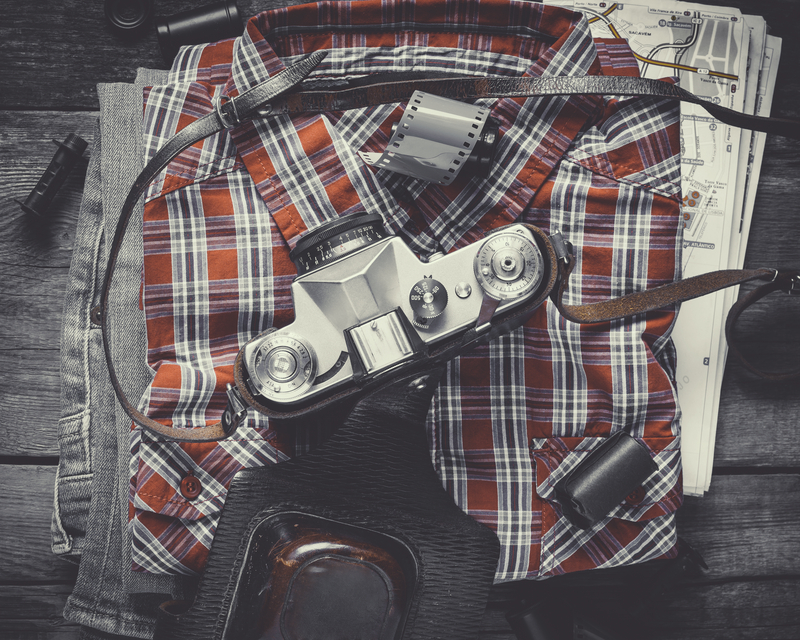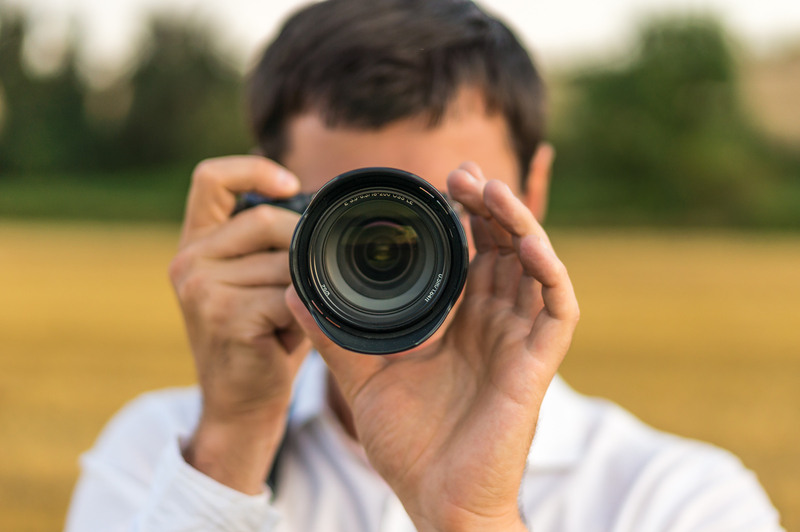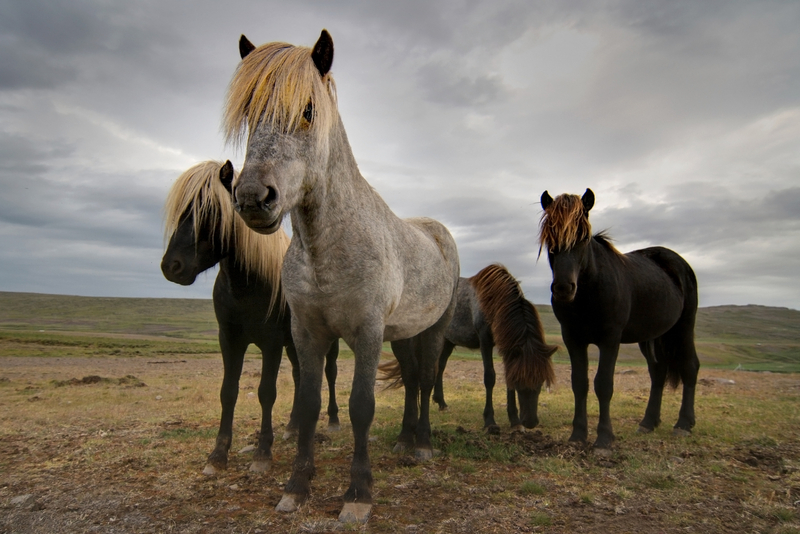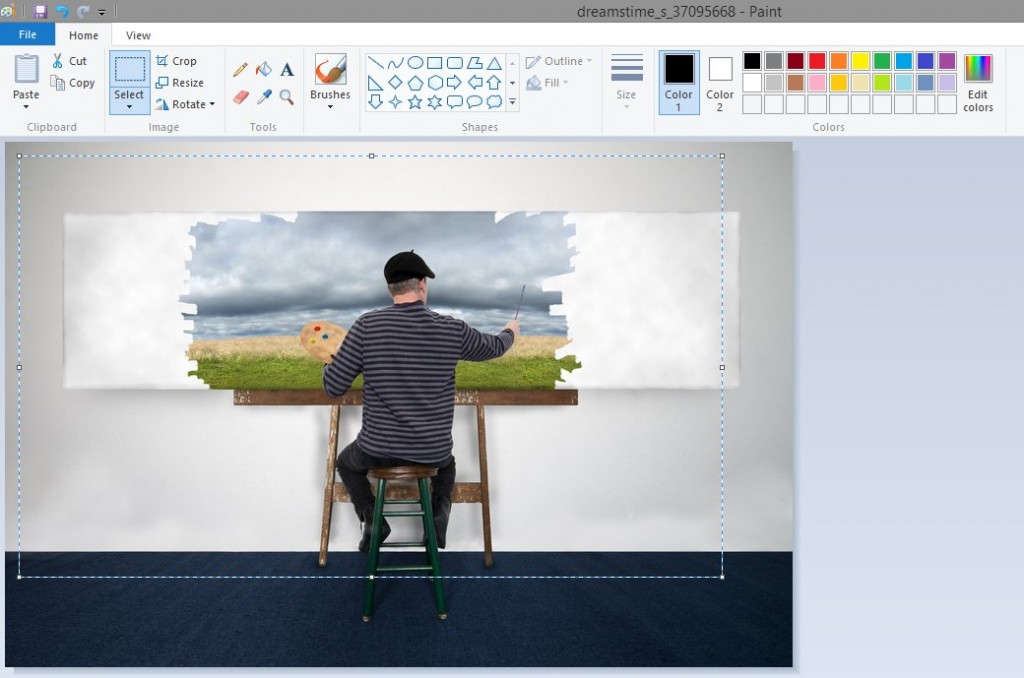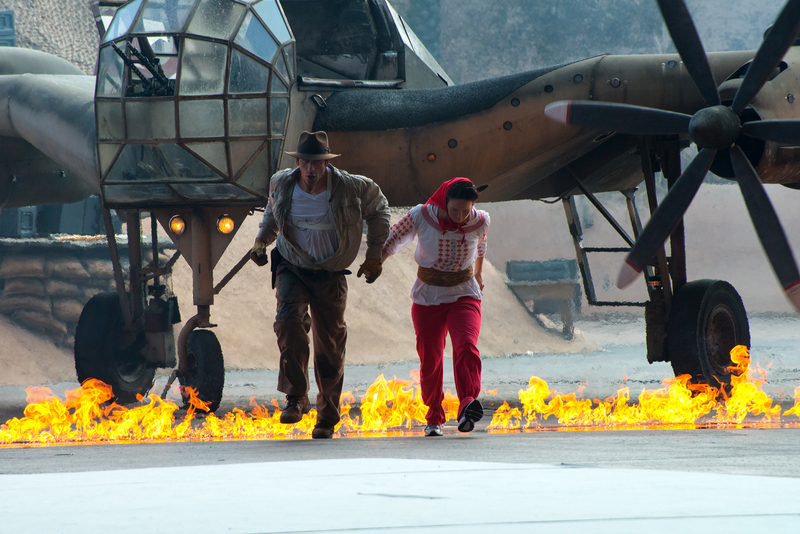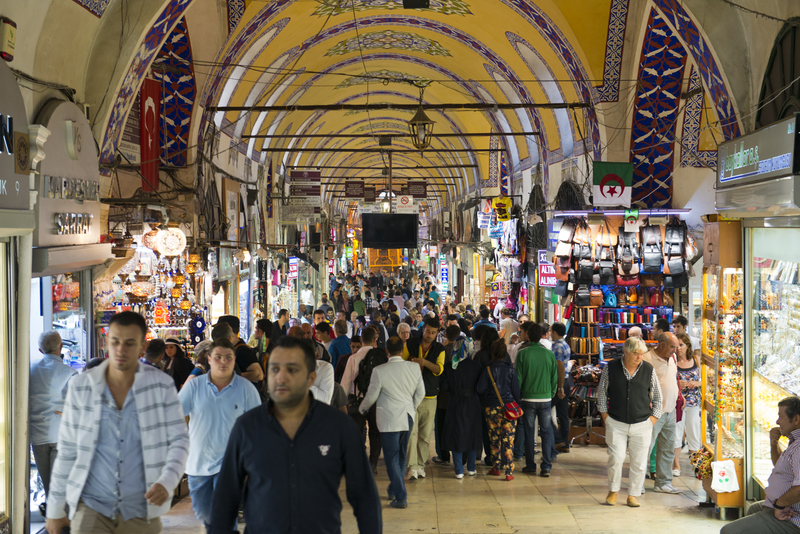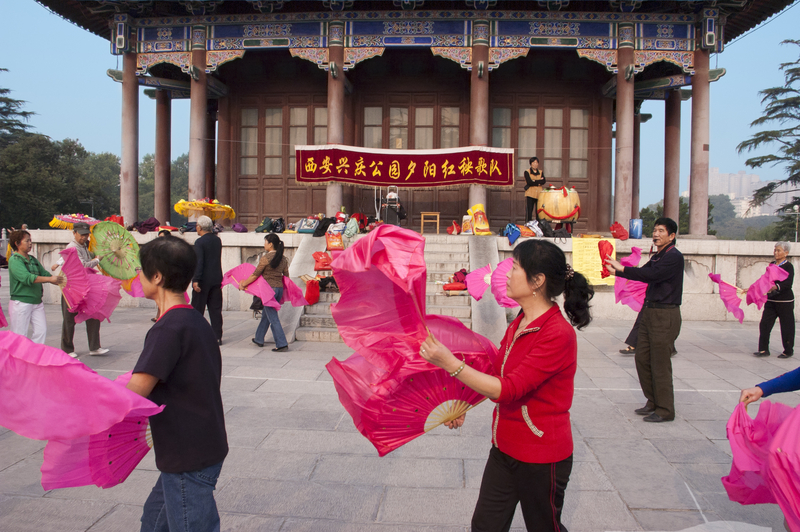Written by Nancy Young
1. Be Ready to Learn
The road to your success as a photographer begins from your mindset. From there you can do a lot of different things to improve your skills and grow as a professional. Developing certain habits is one of the ways your dreams and aspirations can take physical form through your actions.
In this post you can find the list of 10 habits to help you reach your goals and make dreams a reality.
In the world of affordable DSLRs and smartphones with advanced photography features, photography is more often seen as a no-brainer. However, even the most expensive camera won’t entirely hide poor photographic skill. But if you know something about composition and lighting, you’ll be able to create a great photo even with a entry-level pocket camera.
The best photographers keep learning even after they reached success. The more you know, the more you don’t know. This ancient observation can totally apply to a modern photographer’s experience.
Fortunately, there are a lot of different ways to learn photography and polish up your skills today. For instance, you can take online courses, attend a formal class, read books and ebooks, follow the tutorials on photo editing, or just keep practicing and learning from your own experience.
2. Know Your Equipment
Are you able to operate your camera blindfolded? It’s not that necessary skill to practice as a photographer, however, you do have to know your equipment and its possibilities to discover new boundaries. You have to know how to operate those ISO and shutter speed settings along with how each of your manipulations will impact the final image. Knowing how to do it fast will help you not to lose a great shot in any situation.
Take your time to read your camera manual or online reviews, even if it is painful experience, as all professional photographers do that.
3. Be patient and dedicated
Patience, persistence and dedication are your best companions on the way to success in the photography. Walking this path is gonna be difficult and sometimes you’ll feel like turning around, but being a great photographer requires effort, right?
By practicing regularly and remembering what makes you so passionate about photography, you can eventually reach the level of mastery you’re striving for.
4. Use Productivity Tools
A true professional values their own time and time of their clients and partners equally. These days there are a lot of great productivity tools to help you streamline your routine work. Why not take advantage of the technology progress and save precious time for the creative process?
For instance, Defrozo is one of the latest tools enabling photographers to manage all the ins and outs of their marketing in one place, for free.
Such automation tools like IFTTT and Buffer can also come in handy for organizing your workflow without soul killing manual work.
5. Think of yourself as a business
Investing your effort into the business side of your photography career is critical to your success. A habit of looking at things from an entrepreneur’s perspective is a surefire way to establish a prosperous photography business.
Having a beautiful, mobile-friendly website, a set of business cards, and social media accounts for networking and brand promotion is a must for any aspiring photographer these days. Do your market research and create a consistent, attractive business kit to cast your marketing lines into many ponds.
6. Learn to Adapt
Learning to stand against stress and adapt to the situation is an extremely useful habit to gain. When something goes out of your control or some unexpected things show up try not to get frustrated. Instead, take a deep breath, keep your zen and try to get the maximum results from the situation you have. Sometimes bad things can turn good in the end, just don’t let panic and fear of failure to ruin everything before you get there.
7. Look for inspiration
Savvy photographers know that if inspiration doesn’t come to you, you can come to inspiration! Train your creative eye by simply looking at things around you and trying to see a “story” this particular object can tell in a picture. A project 365 or even a regular Instagram posting can help you with this task.
Following the work of other photographers can be a great way to come with the ideas for your own work and stretch your boundaries. 500px and Behance are good places to discover amazing talents and notice some neat ideas you can develop and implement.
8. Know yourself
In any creative field, whenever it’s art, music, or photography, there are would be some days when you just don’t feel it. It’s necessary for your productivity to figure out when during the day you’re the most and least productive. When your stamina can’t keep up with your creative plans, dedicate your time to some routine work that doesn’t require as much of brain activity. When you have maximum productivity, for instance, in the morning, do some opposite things. This way you’ll be able to check off tasks from your to-do list faster and with better results.
9. Accept Any Feedback
One of the best way to improve your work is to seek for feedback and constructive criticism. You may get this feedback from your clients, friends, photographer you know, or online resources where you showcase your photography. It’s important to consider the feedback you get and make proper conclusions to improve your skills.
Negative feedback should not disappoint you or make you upset, it needs to be your inspiration to become better photographer and finally make these people change their minds.
10. Be an eager collaborator
Never miss a chance to learn from other people and collaborate with like-minded creatives as it’s a truly inspirational and refreshing experience.
One of the key pillars of effective networking is being helpful and providing value to people. A blog post in which you share your takeaways from the latest sessions or a workshop giving your target audience an edge can help you build an authority and make people want to work with you. Another simple yet proven tactic to grow your network is using your lunch time to meet with other people rather than quickly swallow your food while processing photos in Lightroom.
About the author…
Nancy is a passionate freelance writer and blogger. She writes tons of inspirational articles on photography and web design, despite the fact that she is an economist by education. She enjoys reading, learning SEO and also losing her mind to French movies. You can check out her photography blog Photodoto and follow her on Twitter.



